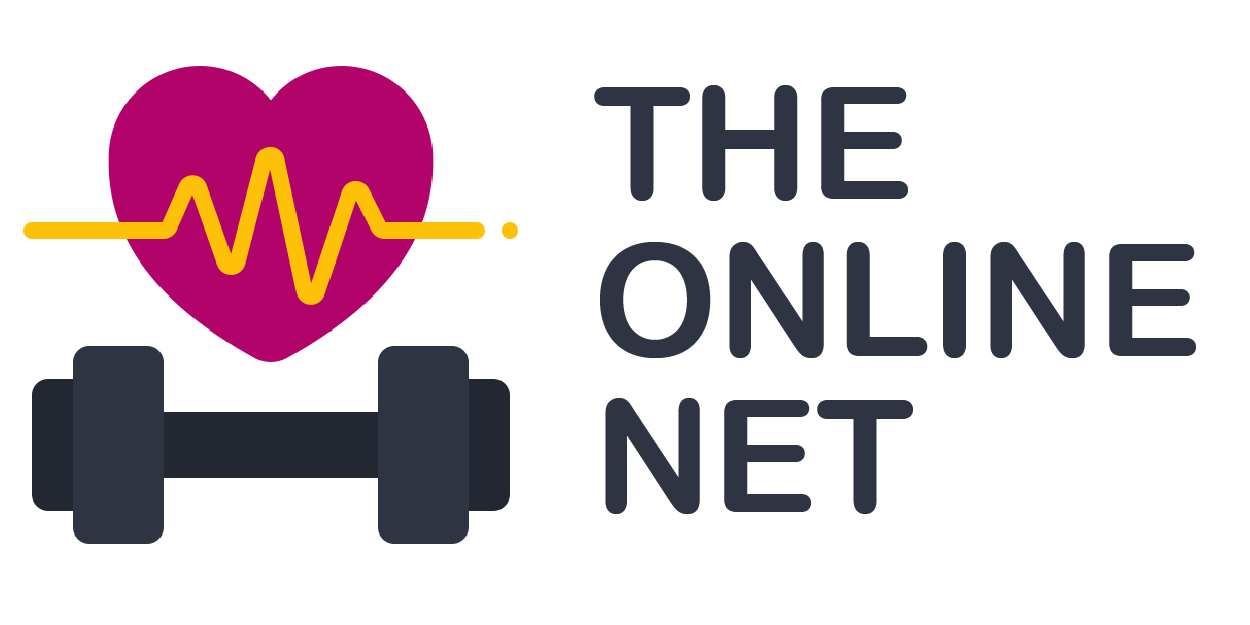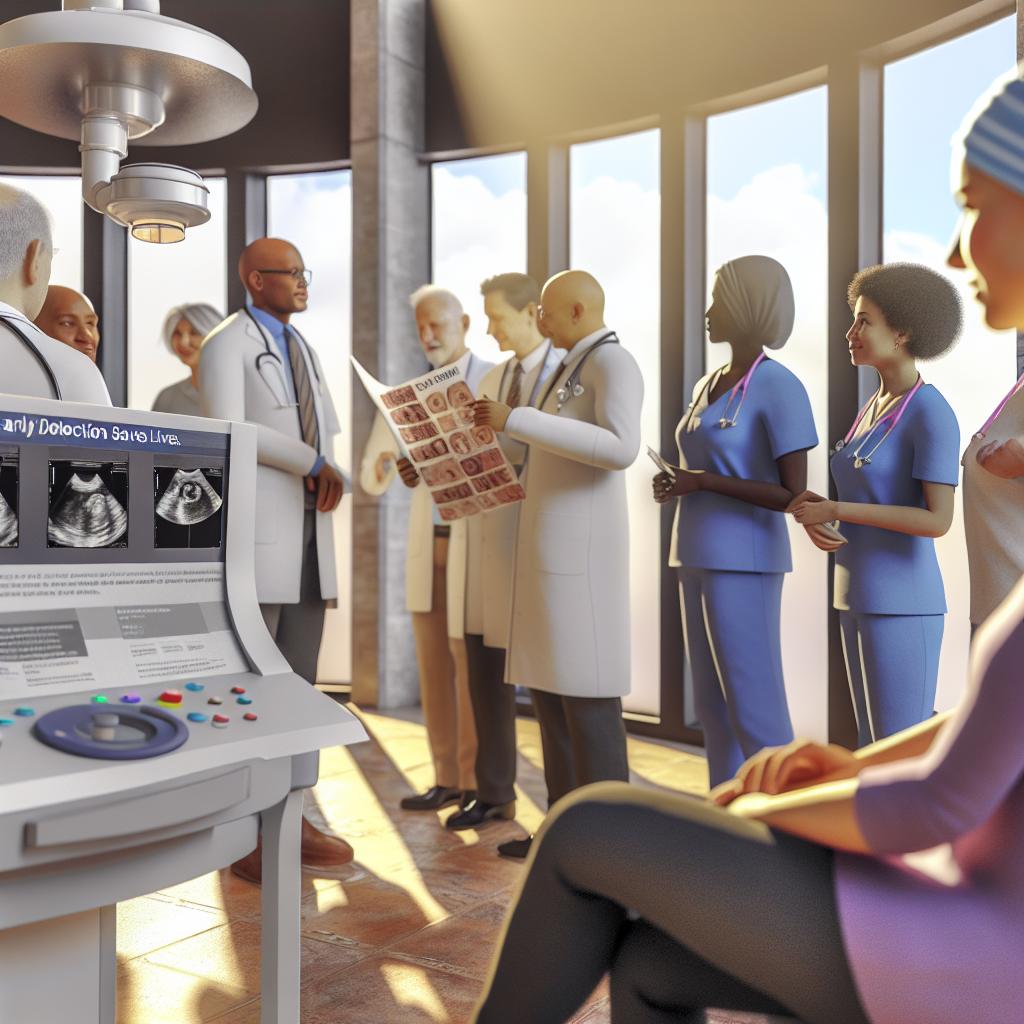Early detection: Can it really improve treatment outcomes?
- Early detection of health conditions, like heart disease and cancer, improves treatment outcomes and saves lives by enabling timely intervention.
- Early screenings help identify diseases when they are less severe and more treatable, improving patient outcomes.
- Early intervention strategies, including lifestyle changes, maximize recovery chances and reduce the need for surgeries.
- Cardiovascular diseases and conditions like strokes highlight the importance of early detection for better management and fewer complications.
- Recent advancements in diagnostic tools include AI in medical imaging and wearable heart monitors, improving early disease detection.
- Accessibility to healthcare, supported by national and community health programs, is crucial for early diagnostics and treatments.
- Early detection may not be beneficial for some slow-growing cancers, avoiding unnecessary tests and stress.
Can early detection of health conditions really improve treatment outcomes? Yes, it can! For fitness enthusiasts like us, staying healthy is key. Understanding the benefits of early screenings can help in spotting health issues before they escalate. With timely intervention, there's a better chance for successful treatment. Let’s dive into why early detection is a game-changer in health and fitness.
How Can Early Detection of Health Conditions Improve Treatment Outcomes?

Early detection of health conditions can save lives. Through early screening, doctors catch diseases before they worsen. This allows for treatments to begin sooner. But what are the benefits of early screenings in healthcare? Here's the precision: early screenings identify diseases like heart issues or cancers early. When found soon, these conditions can be less severe and more treatable. This can lead to better outcomes for patients.
Timely intervention is crucial. Once a condition gets diagnosed, action must be swift. Timely intervention affects patient outcomes by stopping disease progression. Acting quickly can reduce the time someone suffers from a condition. For instance, catching coronary artery disease early means interventions can restore blood flow sooner. This prevents further heart damage.
Now, what role do early intervention strategies play in treatment success? The answer is clear: they maximize the chance of recovery. Strategies involve regular follow-ups and lifestyle changes. A doctor might suggest diet changes or exercises to combat early heart issues. Such strategies ensure the body heals or copes better. Early diagnosis gives more options, easing treatment paths.
Think about cardiovascular diseases (CVDs). They are a leading cause of death. Identifying conditions like arrhythmias or aorta diseases early can prevent them from becoming life-threatening. This proactive approach leads to fewer surgeries and hospital visits. So, early detection and intervention are not just about treatment; they're about quality of life. Facing lesser complications or severe conditions means a healthier, happier you.
Which Health Conditions Highlight the Importance of Early Detection?

Early cancer detection can save lives. Finding cancer early increases survival rates because treatment works better. If cancer spreads, it's harder to treat and survival chances drop.
Preventive healthcare helps stop chronic diseases from worsening. By catching health issues early, people can manage conditions like heart disease better. Regular doctor visits and tests play a key part in keeping us healthy.
Regular screenings catch problems before they get serious. Tests like blood pressure checks prevent big issues later. Catching things early means more treatment options, which results in better health outcomes.
Let's look at cardiovascular diseases (CVDs). They are the main cause of death in the U.S. CVDs include heart rhythm problems and heart muscle diseases. They often require early detection to manage effectively.
Aorta diseases involve the main artery swelling or tearing. Finding this early can prevent deadly complications. Many heart conditions show no symptoms at first. Regular check-ups help find issues like valve disease or blocked arteries.
Strokes, another serious issue, happen suddenly. They need rapid care to prevent brain damage. Early detection and quick treatment save lives and reduce disability risks.
Heart failure is a big concern, especially in older people. More than 6.7 million Americans suffer from it. Detecting this condition early helps slow its progression. Effective treatments include lifestyle changes and medications to manage symptoms.
Deep vein thrombosis (DVT) is when blood clots form and can be life-threatening if untreated. Early detection of these clots through ultrasound or risk assessments is vital to prevent complications such as pulmonary embolism.
Rheumatic heart disease comes from untreated strep throat. Early detection of sore throats and proper treatment can stop this from developing.
These conditions show why early detection matters. It saves lives and improves treatment results. Knowing about these diseases and their signs helps prevent serious health problems.
What Are the Latest Advancements in Diagnostic Tools?

Recent advancements in healthcare technology have led to better early diagnostics. One notable advancement is the use of artificial intelligence (AI) in medical imaging. AI helps doctors see patterns and detect diseases earlier. This means patients can start treatment sooner, improving their chances of a full recovery.
Modern diagnostics have also improved the accuracy of tests. For heart-related issues, wearable devices can now continuously monitor heart rhythms. This helps catch problems before they become serious. Technology like this allows doctors to keep track of patients more closely.
Healthcare professionals play a key role in using these advanced tools. They decide which diagnostic tool suits each patient's needs. Professionals stay updated with new technologies so they can offer the best care. Knowing how to use these tools effectively means getting better results for patients.
If you're interested in learning more about these advancements, studies such as those on Nature cover the latest findings. By understanding and embracing modern healthcare technology, we can all benefit from faster and more accurate diagnostics.
How Do External Factors Influence Healthcare Accessibility?

Healthcare access can greatly impact early treatment potential. Imagine a person with cardiovascular disease (CVD) who lives far from a doctor. Without quick access to healthcare, this person may not get the right help fast enough. National health programs are crucial for offering widespread access to crucial diagnostics and treatments. These programs can reduce wait times and provide early help to those in need.
Now let's consider community health initiatives. These programs make health services available right in your neighborhood. Think of local clinics and mobile health units. They help by bringing services directly to where people live. This ensures more people can access what they need for staying healthy.
National health programs often provide resources to support early diagnostics. They may offer free screenings or reduce the cost of necessary tests. This helps many people get early help before problems get worse.
Community health initiatives aim to address unique local needs. They might create educational programs about health risks or hold regular health fairs. These efforts can teach people about the signs of conditions like heart disease.
External factors, like where you live, and available services, influence how quickly you can receive care. Easy access could be the key to getting early treatment, which benefits everyone.
Are There Conditions Where Early Detection Might Not Be Beneficial?

Not all health problems need early detection. Some, like certain types of cancer, may not gain from being found too soon. Screening might not always be best for slow-growing cancers. They might not cause harm if left untreated. Sometimes, detection leads to extra tests and stress that aren't needed.
Symptoms tell us when we need to check something further. Being aware is key. If you know what to look for, you can decide when to seek advice. Knowing these signs can save time and avoid unnecessary worry.
The importance of screening can't be overstated. It guides decisions about health care. Not every test fits everyone. An informed decision means understanding benefits and risks. Making the right choice depends on knowing what your body tells you and what doctors recommend.
Conclusion
Early detection is key to better health outcomes. Screening and timely intervention boost survival rates and prevent disease progression. Modern diagnostic tools enhance accuracy, aiding healthcare professionals in their work. Access to healthcare, supported by national programs and community initiatives, ensures timely care. However, not all conditions benefit from early detection; awareness is crucial. Understanding when to seek medical advice is vital for making informed health choices. Stay proactive about your health to benefit from advances in early detection and preventive care.



